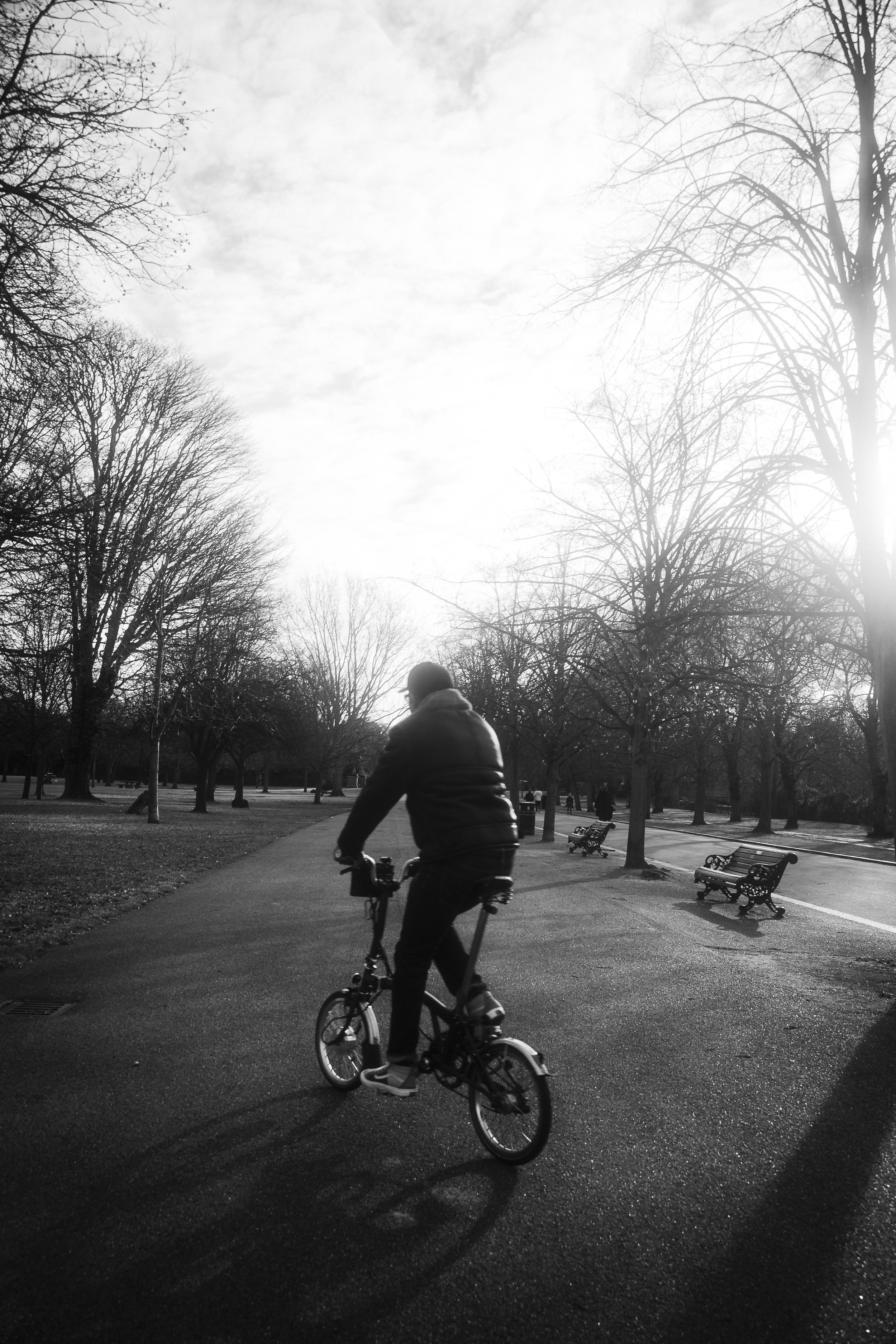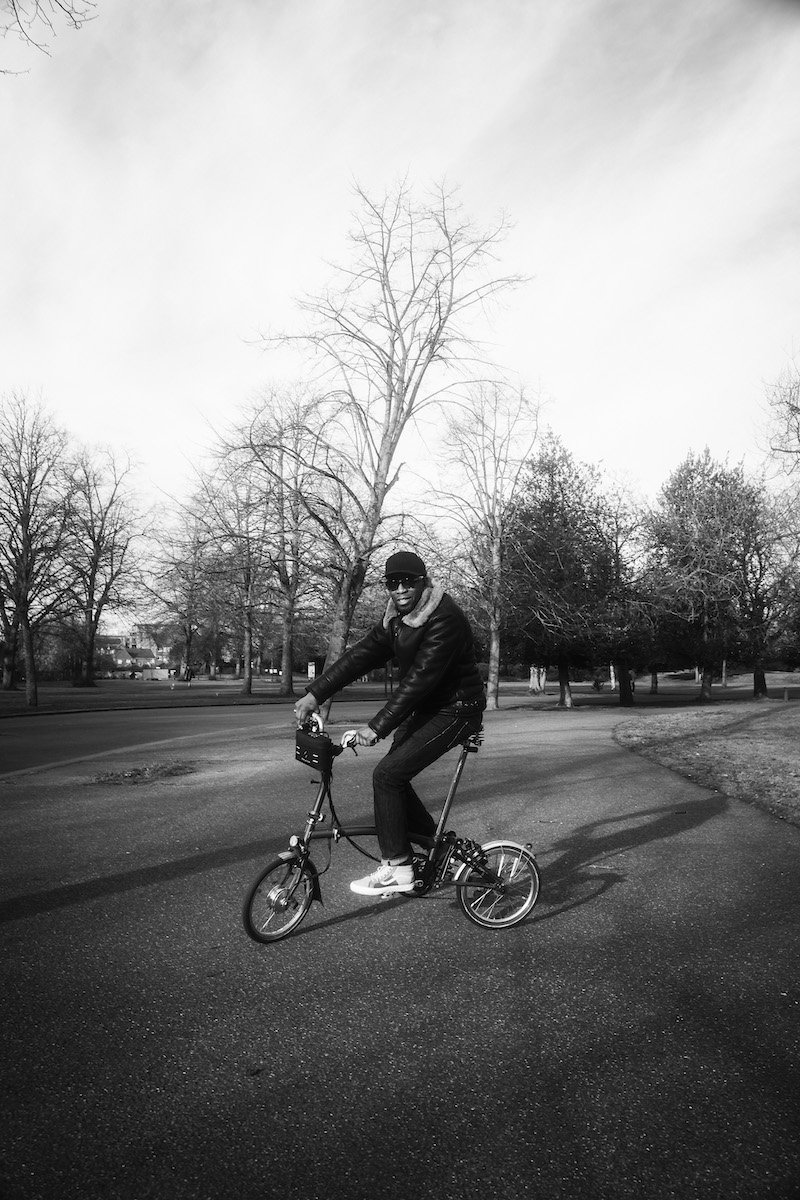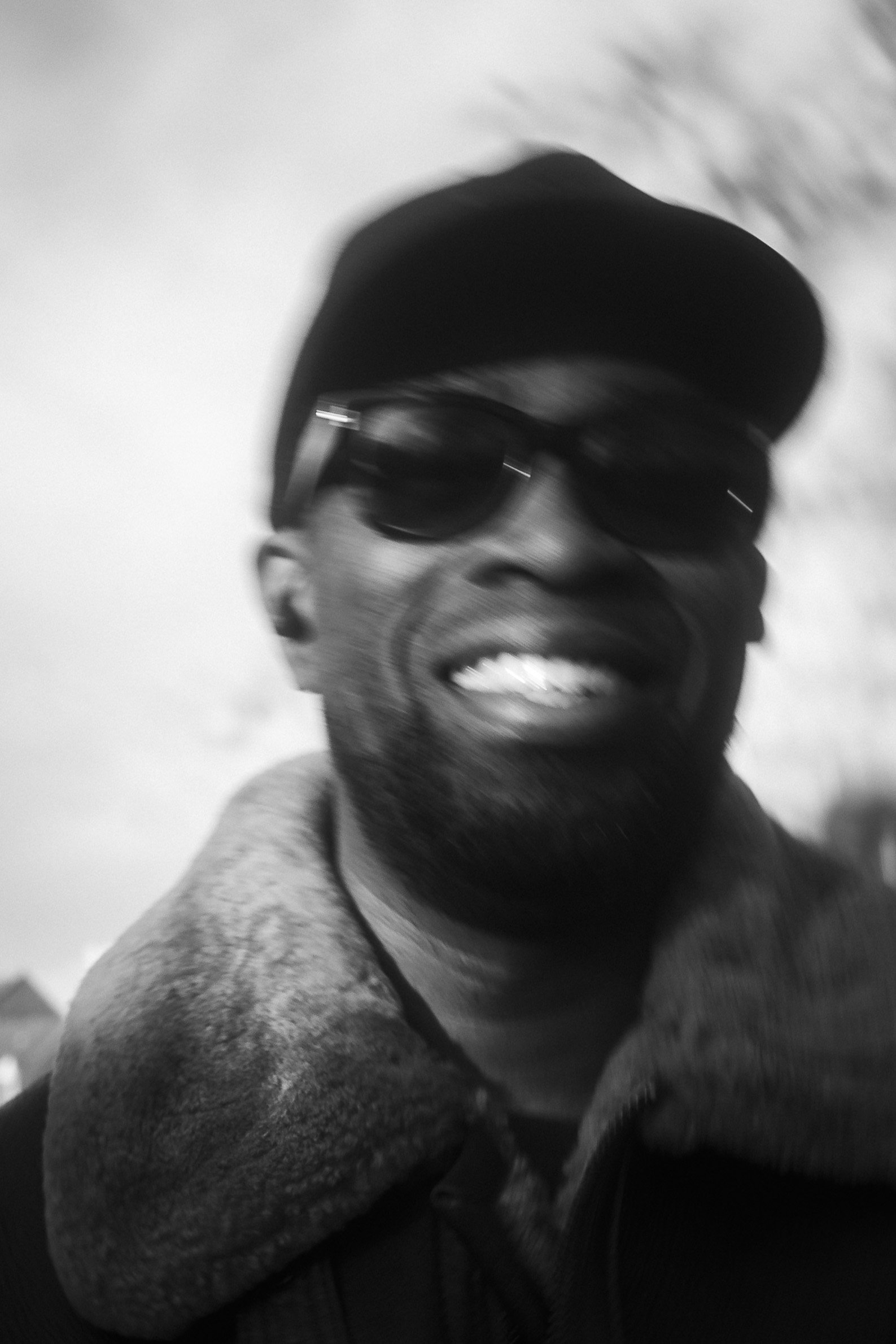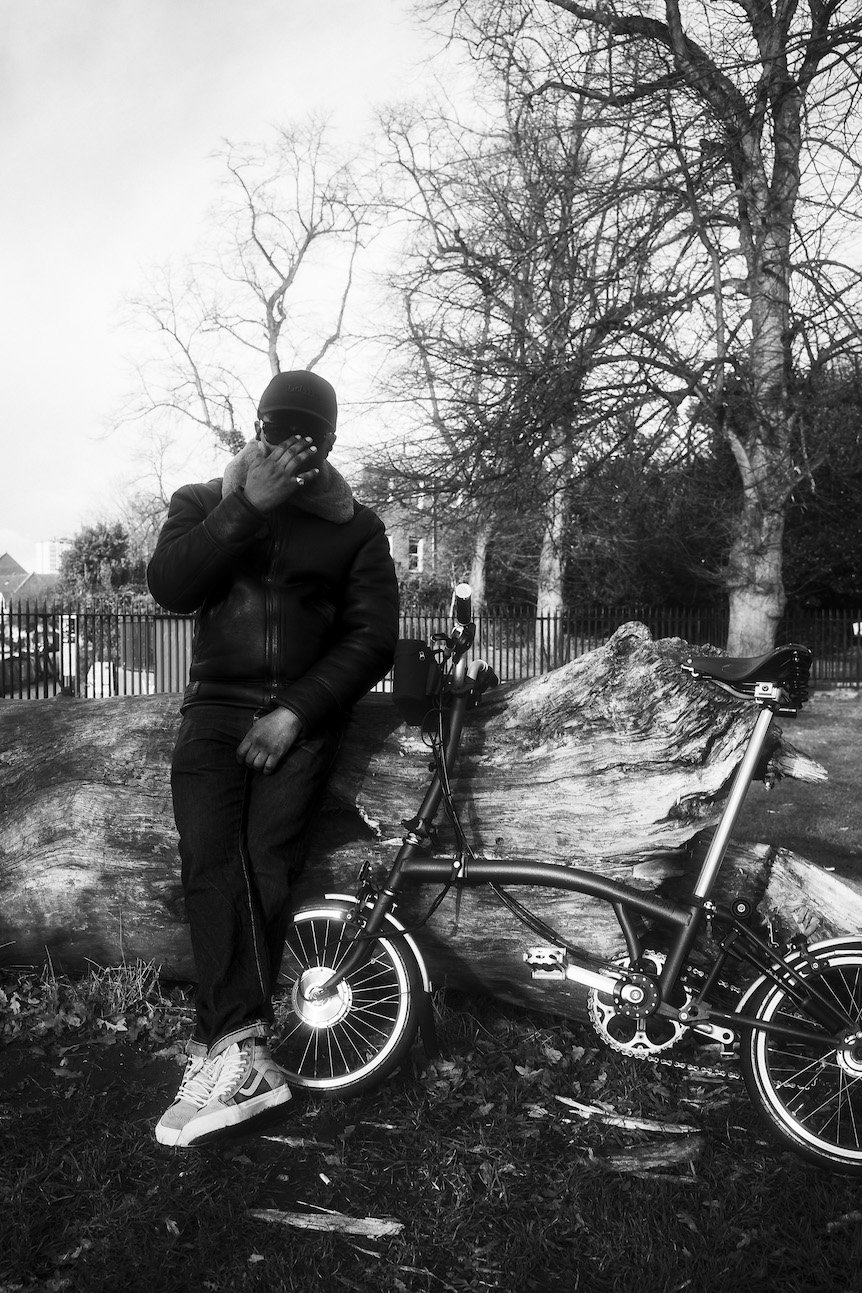Sport & Solidarity: Speaking to DJ Ron
‘What’s your favourite yoga pose?’ seems an unlikely question to ask someone like DJ Ron, the record producer and film-maker who is a living London legend and relic of 90s rave culture. His influence left an indelible mark on British music; I’m not sure where jungle or drum ‘n’ bass would be without him.
Yet here he is, talking asanas.
‘Warrior pose is iconic, elegant,’ he says, ‘but standing head-to-knee… that’s what I want to achieve most. I think it’s a milestone that combines strength, flexibility and concentration in a single posture.’ He stops to think, then continues, ‘the opening sequence in Bikram – the breathing – that’s major. At that moment I create my intention and everything switches. I’m still there in my little shorts, but my ego disappears. I feel really connected with other people in the room… and with something else.’
Ron is not the only DJ giant who has turned to this sort of physical and spiritual discipline. Goldie, friend and fellow artist of 30+ years who introduced him to the practice, has been an outspoken and unapologetic champion of hot yoga, going so far as to launch his own activewear brand called ‘Yogangsters’ (a name that blends two alarmingly contrasting sides of his personality).
‘Men can be so old-fashioned in their way of thinking, they’re only just getting round to the idea that yoga might not just be for women’.
The growing fad of disco yoga is touted by various DJs turned yogis and yogis turned DJs. Some say it’s helps chronic clubbers wean off their bad habits, others claim their playlists stimulate brainwaves into altered states. But never have I been able to take this overt commercialisation of ancient Indian philosophy seriously, nor have I been able to respect those who use this sort of gimmick to crowbar their way into headline spots at gigs and festivals.
DJ Ron does not presume to be a teacher, leader, or guru in any sense, except in that he practices yoga and talks about it. ‘Men can be so old-fashioned in their way of thinking, they’re only just getting round to the idea that it might not just be for women,’ Ron tells us. Seeing him now must be such an inspiration to those who’ve grown-up looking to him as a role model: in his fifties, in great shape, limber, sharp, honest, strong, humble.
These guys come from what Ron today calls an ‘urban background’. Back in his 1994 documentary, ‘A London Something Dis’, he described his genre, jungle, as ‘something from the street. It means people who were born with nothing have found something.’
The sheer physical grind of performing, the antisocial hours, and the seldom avoidable, sneak-trap hamster-wheel of alcohol and drugs takes many, many prisoners.
Men ‘from the street’, who grow up on the club scene are not often to be found promoting balance on Instagram. In fact, most never make it this long in an industry this gruelling. The sheer physical grind of performing, the antisocial hours, and the seldom avoidable, sneak-trap hamster-wheel of alcohol and drugs takes many, many prisoners.
Basement nightlife is about losing yourself in the beat, letting your body move in a mass with other bodies, surrendering to overwhelming sound and sweaty intoxication. It’s a commitment to counterculture, an oath to the underground that opens out and creates a connection between every raver in the room. It’s the primal human bond that calls us together – we feel the responding echo in our bones, the answering, unnameable buzz in our blood. It makes us one.
The problem with clubbing is that it also creates a sort of phony euphoria fuelled by booze and stimulants. Ron, a veteran of this life, understands this. That’s how he knows the connection he feels in the yoga studio is different. It is fully conscious.
Yoga is not the only way Ron grounds himself these days. He’s a frequent swimmer at London Fields, though his story of cold-water swimming in Hampstead is most illuminating. ‘It was about 12 degrees,’ he laughs, ‘and once you’re in – you’re in. I remember thinking, this is not a joke. Then on the home straight, this mad thing happened. The only way I can describe it is like someone putting an electric wire in the water and I suddenly just warmed up, all over. That’s why cold-water swimmers do it. You push through… then it happens.’
The problem with clubbing is that it also creates a sort of phony euphoria fuelled by booze and stimulants. Ron, a veteran of this life, understands this.
The ‘it’ is that pure awareness, the clarity that many seek, whether on dancefloors or in gyms. Although that might be a bit woo-woo for some. Yet one cannot deny there is something cosmic and crazy in the story of a Hackney teen who started scratching in his bedroom, became a chart-topper, and is now a sort of yogic muse for those still stuck in that place he escaped: the never-ending party. His story shows how a constant exposure to new things, which is a luxury that comes with living in a city this size, can lead you down improbable paths. Good ones. To quote an artist from Ron’s seminal documentary, ‘It’s a London thing.’





